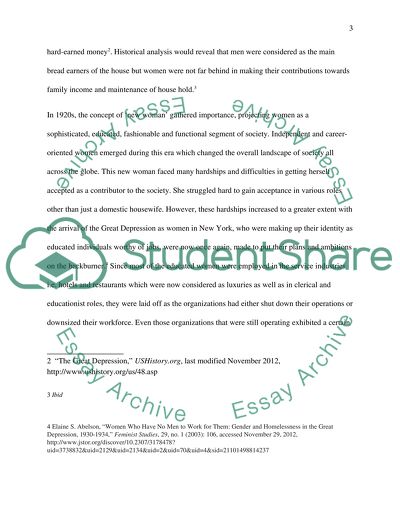Cite this document
(“Women in New York Essay Example | Topics and Well Written Essays - 2000 words”, n.d.)
Women in New York Essay Example | Topics and Well Written Essays - 2000 words. Retrieved from https://studentshare.org/history/1462247-how-women-in-new-york-city-got-through-life-during
Women in New York Essay Example | Topics and Well Written Essays - 2000 words. Retrieved from https://studentshare.org/history/1462247-how-women-in-new-york-city-got-through-life-during
(Women in New York Essay Example | Topics and Well Written Essays - 2000 Words)
Women in New York Essay Example | Topics and Well Written Essays - 2000 Words. https://studentshare.org/history/1462247-how-women-in-new-york-city-got-through-life-during.
Women in New York Essay Example | Topics and Well Written Essays - 2000 Words. https://studentshare.org/history/1462247-how-women-in-new-york-city-got-through-life-during.
“Women in New York Essay Example | Topics and Well Written Essays - 2000 Words”, n.d. https://studentshare.org/history/1462247-how-women-in-new-york-city-got-through-life-during.


